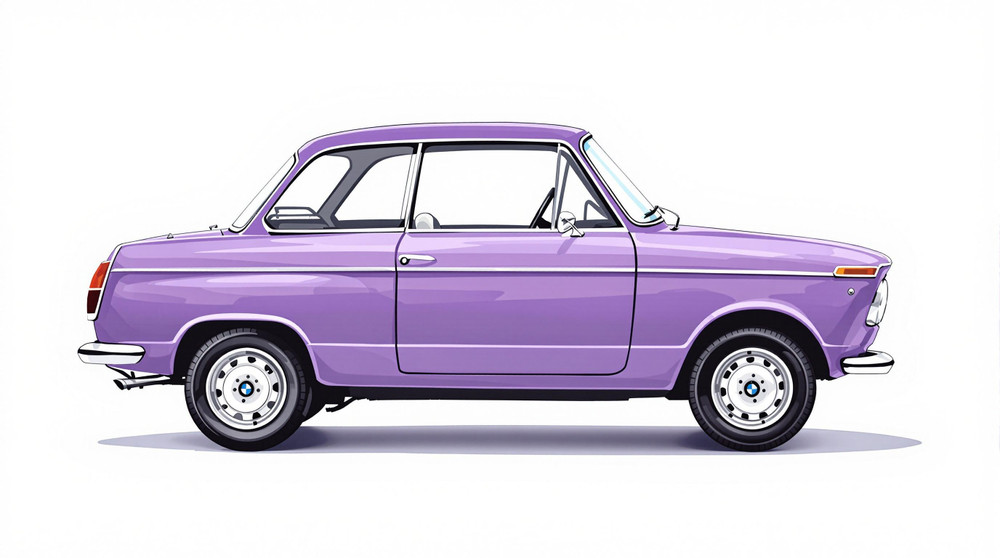Image of 1960 Bmw Isetta, Note: These illustrations use artistic license and may differ from actual historical models.
Performance Metrics
Fundamental Metrics
Emotional Appeal
MMP Rating
| Engine Specifications | |
|---|---|
| Engine: | Single-cylinder four-stroke engine |
| Displacement: | 298cc |
| Horsepower: | 13 hp at 5200 rpm |
| Torque: | 14.2 lb-ft at 4600 rpm |
| Compression Ratio: | 6.8:1 |
| Ignition System: | Coil ignition |
| Cooling System: | Air-cooled |
| Performance Specifications | |
| 0-60 Time: | 35 seconds |
| 1/4 Mile Time: | Not available |
| Top Speed: | 53 mph |
| Transmission and Drive | |
| Drive Type: | Rear-wheel drive |
| Transmission Type: | 4-speed manual |
| Fuel and Efficiency | |
| Fuel System Type: | Carburetor |
| MPG: | 50 mpg |
| Dimensions and Brakes | |
| Brakes: | Drum brakes |
| Wheelbase: | 58.3 inches |
| Weight: | 770 lbs |
Note: Specifications for classic cars are given to the best of our ability, considering the limited and variant data available.
The Quintessential Microcar: 1960 BMW Isetta
In an era when automotive giants were obsessed with size and power, the 1960 BMW Isetta dared to defy convention. This pint-sized marvel wasn't just a car; it was a statement on wheels, a testament to post-war ingenuity, and a symbol of mobility for the masses. Born from the necessity of economical transportation, the Isetta's unique design and practicality made it an instant classic. With its iconic front-opening door and bubble-like appearance, the Isetta was more than just a vehicle; it was a cultural icon that captured the hearts of many.
Design and Innovation
The exterior of the 1960 BMW Isetta is instantly recognizable with its rounded silhouette and distinctive single front door that swung open with the steering wheel attached. The compact dimensions concealed a surprisingly spacious interior for two passengers, given its microcar status. Inside, occupants were greeted with minimalist features but a charming simplicity that prioritized function over form. The materials, while modest, were crafted with the quality expected from BMW. Technologically, the Isetta was ahead of its time with its fuel-efficient engine and creative use of space. Color options ranged from vibrant reds to pastel blues, with many owners opting for cheerful hues that complemented its playful character. The most iconic body style was undoubtedly the standard coupe with a fabric sunroof, which provided a sense of openness in such a small cabin.
Historical Significance
The 1960 BMW Isetta's impact on automotive history cannot be overstated. It challenged the norms of car design and paved the way for future compact cars. In an age where bigger meant better, the Isetta showed that small could be smart, economical, and even desirable. Its legacy is evident in today's city cars that prioritize efficiency and maneuverability.
Performance and Handling
While no speed demon by modern standards, the Isetta's performance was more than adequate for urban environments of its time. With a top speed hovering around 50 mph and modest acceleration figures, it wasn't built for the racetrack but rather for weaving through city streets with ease. Handling was nimble due to its light weight and compact size, making it surprisingly fun to drive despite its modest power output. The driving experience was intimate; every turn of the wheel and rev of the engine connected driver to machine.
Ownership Experience
Owners of the 1960 BMW Isetta often used their vehicles as daily drivers due to their reliability and low operating costs. Maintenance was straightforward enough for amateur mechanics to handle basic repairs. The car's simplicity meant fewer things could go wrong, endearing it to those who valued practicality over prestige.
Fun Facts
The BMW Isetta holds a special place in automotive lore with fun facts aplenty. For instance, it once held a record for fuel efficiency during its heyday. Celebrities and commoners alike were drawn to its quirky charm, with some editions becoming collector's items due to their rarity or unique provenance. Despite criticisms about its power and highway capabilities, the Isetta remains beloved by enthusiasts.
Collector's Information
Today, collectors cherish the 1960 BMW Isetta for its uniqueness and historical importance. While production numbers were in the tens of thousands globally, surviving examples in good condition are relatively scarce. Values can range significantly based on condition, originality, and history—anywhere from $20,000 to well over $40,000 for pristine models or those with notable backgrounds. Price trends have generally seen appreciation due to the vehicle's iconic status among classic car enthusiasts.
Conclusion
From innovative design to cultural impact, the 1960 BMW Isetta remains an endearing piece of automotive history that continues to captivate collectors and enthusiasts alike. Its legacy as an economical yet stylish microcar is secure as it continues to remind us that sometimes less truly is more.
1960 Bmw Isetta Catalog of Parts
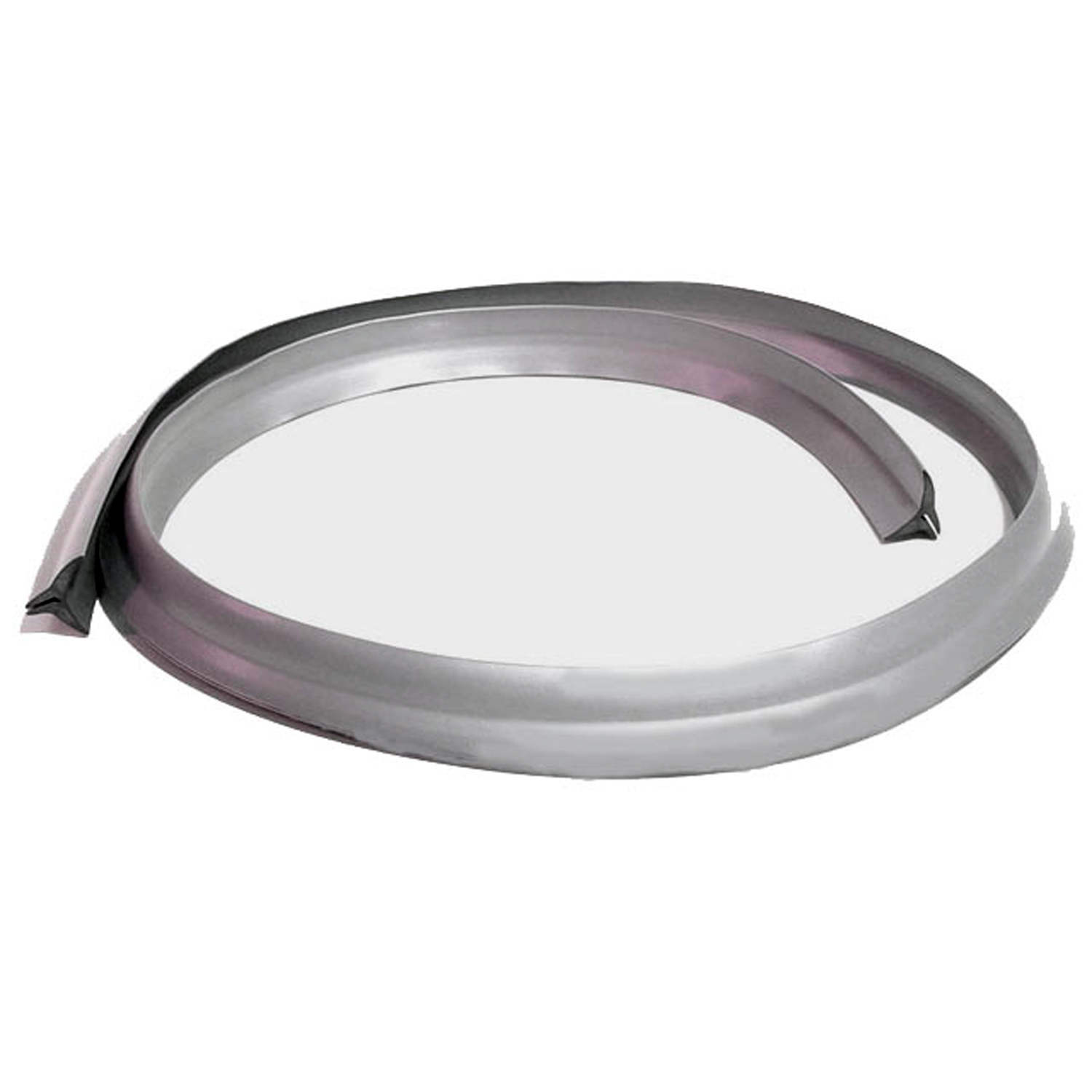 1960 BMW Isetta Bumper to Body Seal. 34" long X 5/8" wide. Each-BG 91-IBumper to Body Seal. 34" long X 5/8" wide. Each
1960 BMW Isetta Bumper to Body Seal. 34" long X 5/8" wide. Each-BG 91-IBumper to Body Seal. 34" long X 5/8" wide. Each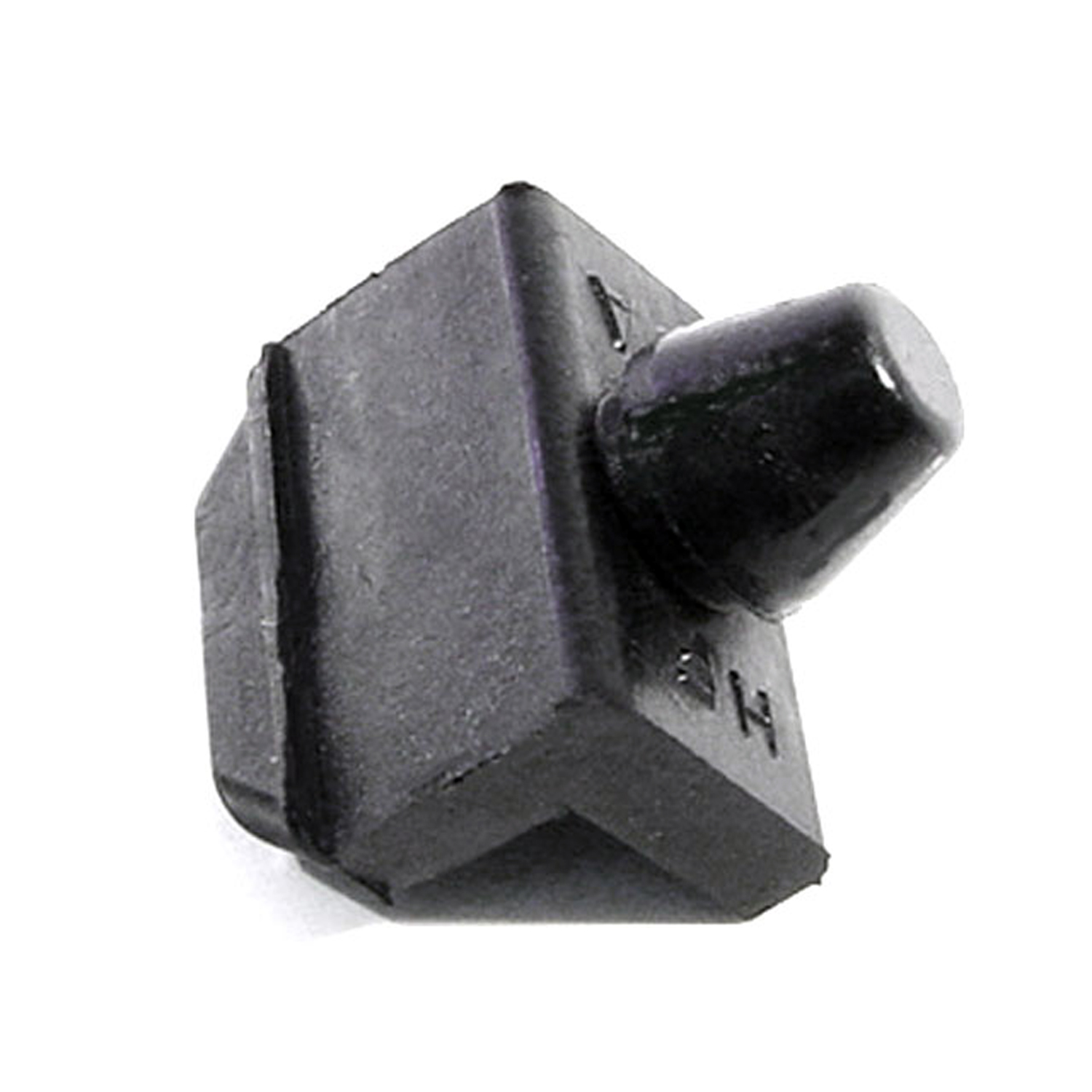 1960 BMW Isetta Hood Bumper. 1" long X 7/8" wide. Each-HF 29-AHood Bumper. 1" long X 7/8" wide. Each
1960 BMW Isetta Hood Bumper. 1" long X 7/8" wide. Each-HF 29-AHood Bumper. 1" long X 7/8" wide. Each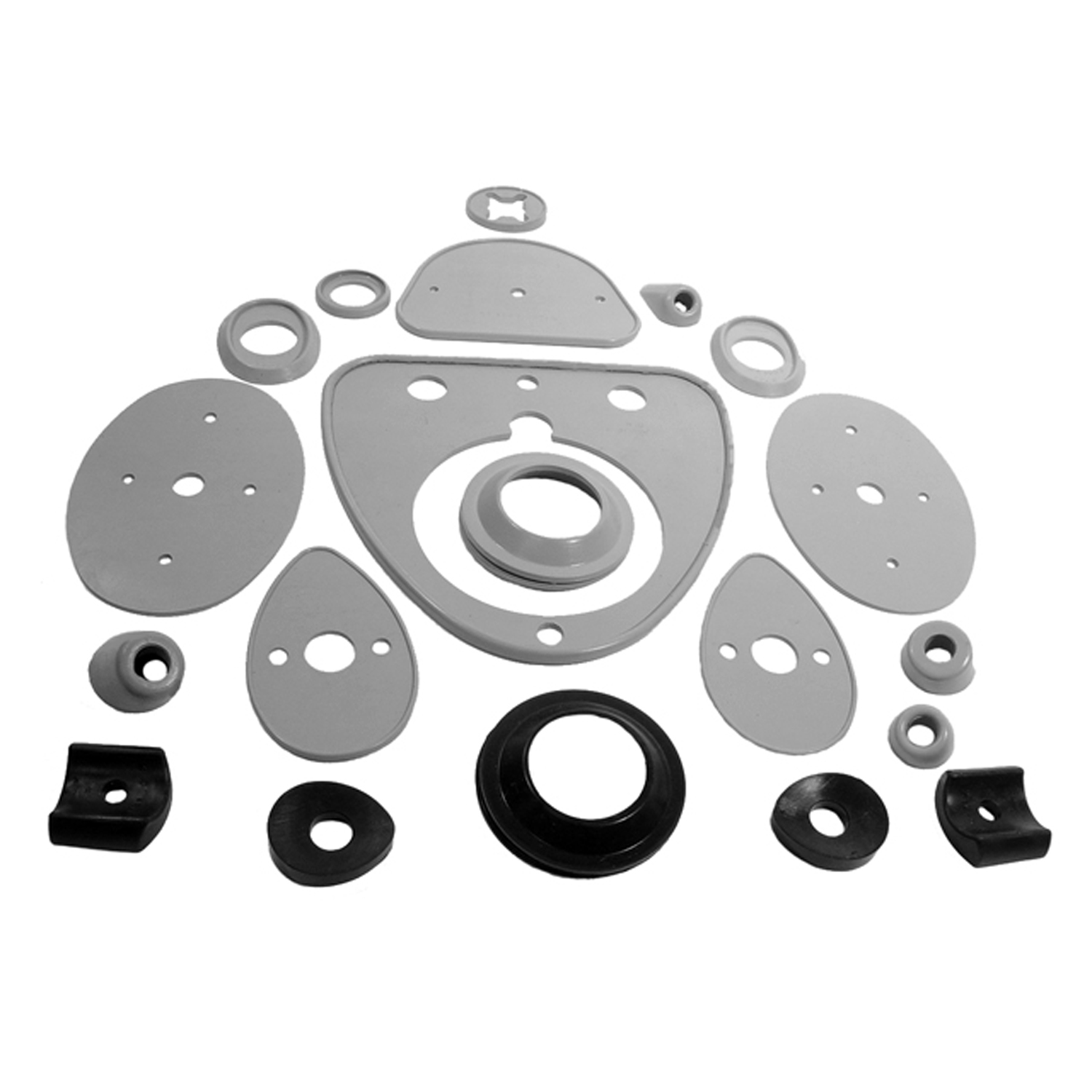 1960 BMW Isetta Mounting Base Kit-MBK 100Mounting Base Kit
1960 BMW Isetta Mounting Base Kit-MBK 100Mounting Base Kit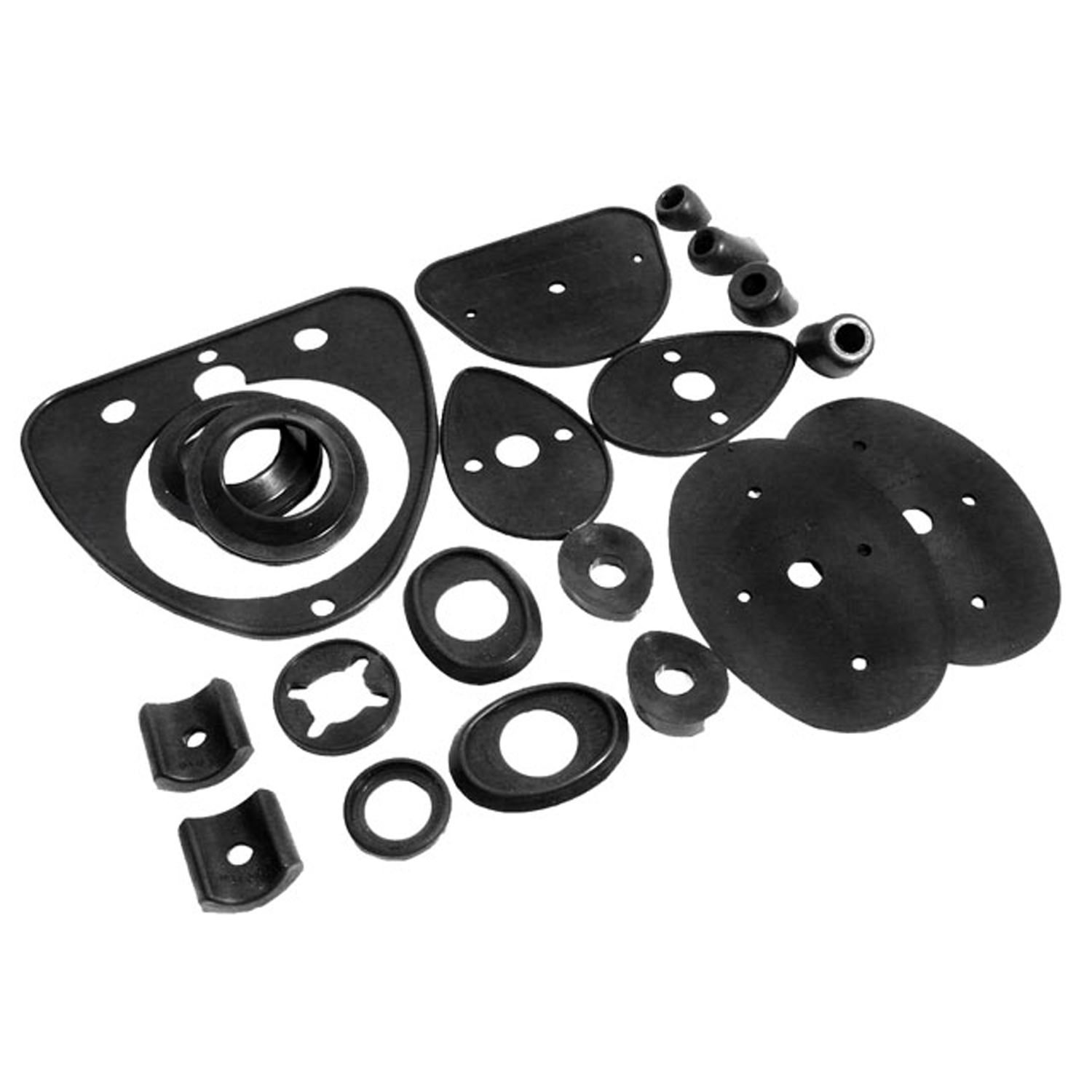 1960 BMW Isetta Mounting Base Kit (Black parts only. 20-Piece Set.-MBK 101Mounting Base Kit (Black parts only. 20-Piece Set.
1960 BMW Isetta Mounting Base Kit (Black parts only. 20-Piece Set.-MBK 101Mounting Base Kit (Black parts only. 20-Piece Set.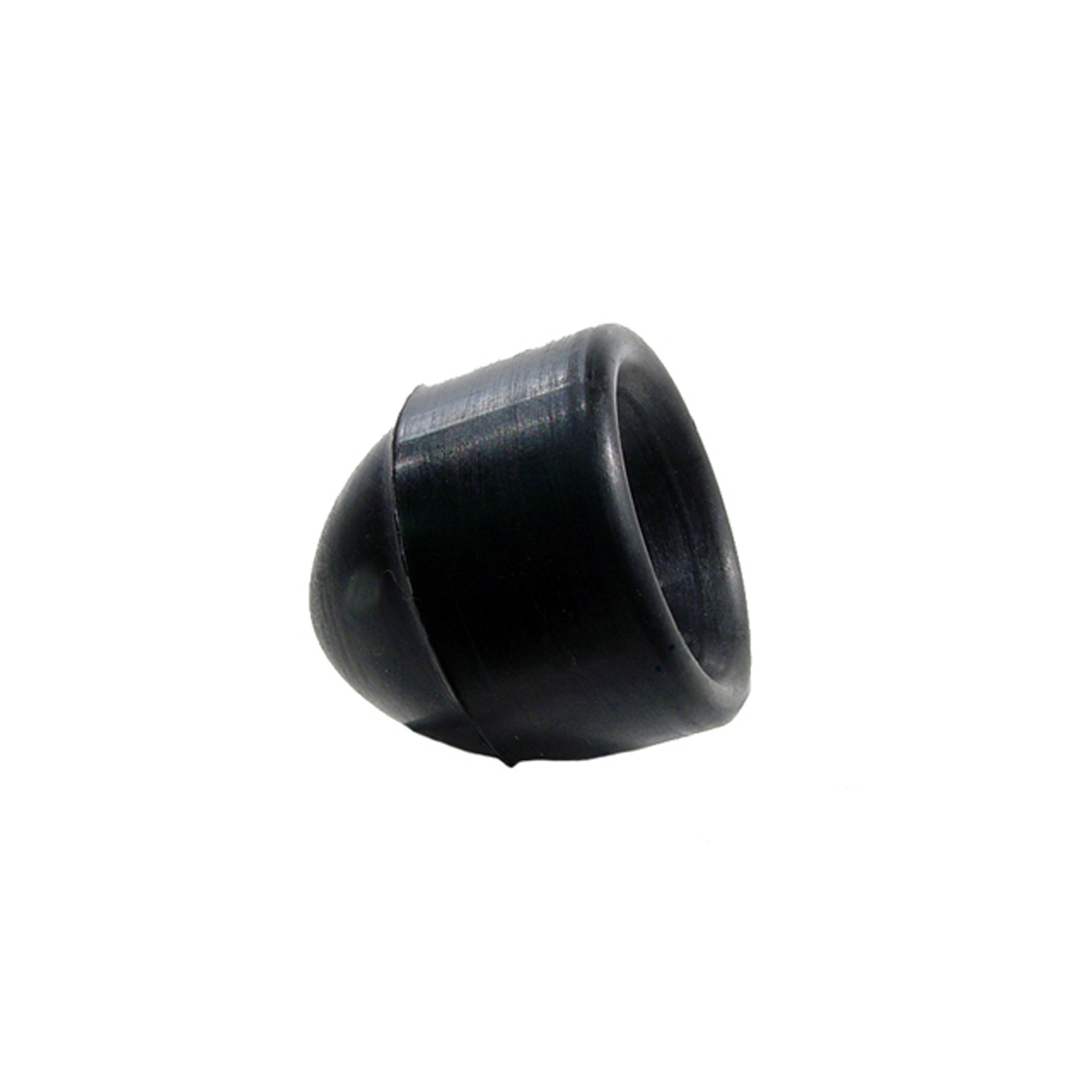 1960 BMW Isetta Suspension Bumper. For sliding window models only-XB 40Suspension Bumper. For sliding window models only. 1-1/2" O.D., 1-11/16" High. Each
1960 BMW Isetta Suspension Bumper. For sliding window models only-XB 40Suspension Bumper. For sliding window models only. 1-1/2" O.D., 1-11/16" High. EachWhy Choose Metro?
For over 100 years, Metro Moulded Parts has been the pinnacle of quality in classic car restoration parts. Our commitment to precision and authenticity in every component ensures a perfect fit and an OEM-level appearance.
- Expert Craftsmanship & Quality: Each part is a testament to our dedication to reliability and perfection, crafted from original designs and thoroughly tested.
- Advanced Technology: We use cutting-edge techniques to create flawless, long-lasting parts that surpass others in performance.
- SuperSoft Sponge – The Ultimate Door Seal: Not only are our door seals 30% softer than competitors', but they're also guaranteed to never leak. They effectively reduce wind and road noise, enhancing your classic car's comfort and driving experience.
- Proudly American: Our parts are a product of American craftsmanship, made in the USA with a spirit of excellence and heritage.
- Unrivaled Warranty: We back our products with a 30-year industry-leading warranty, a testament to our confidence in their quality.
Join us in preserving the legacy of classic cars with parts that are crafted for perfection, not just made.

